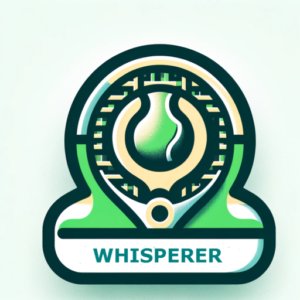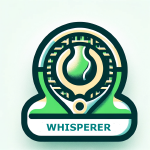Rewiring Your Tennis Brain: The Psychology of Lasting Change
The Brain Science Behind Behavior Change in Tennis
We are the sum of our experience—and yet in tennis, we often dwell on the negative. We replay missed volleys, botched returns, and bad line calls over and over, rarely learning from them. Somehow, we keep making the same mistakes—double faulting under pressure or overhitting the approach.
But recent findings in behavioral science—most notably by researchers at Trinity College Dublin—now explain why we get stuck in these loops, and how to change them effectively.
The Brain Behind Bad Habits
Habits reduce cognitive load, which makes decision-making easier during complex tasks like a rally or point construction. Unfortunately, this automation also makes bad habits—like rushing your serve or defaulting to defensive moonballs—hard to break.
“Habits emerge because dopamine rewards certain actions, making them feel good—and worth repeating.”
Your brain has two key systems:
-
Stimulus-Response System (Basal Ganglia): Automates tasks—like your serving rhythm without conscious planning.
-
Goal-Directed System (Cortex): Engages during tactical adjustments—like choosing a wide slice to break a rhythm player.
To evolve your game, you must:
-
Weaken the stimulus-response loop (e.g., the habit of slicing every backhand under pressure)
-
Strengthen your goal-directed system (e.g., intentionally targeting your opponent’s weaker side with varied topspin)
How to Break Bad Tennis Habits
Research from Trinity College Dublin shows us how behavior change happens.
1. Add Small Rewards
Small wins count. Celebrate executing a well-timed volley or placing your first serve to the body. That dopamine bump reinforces the action.
Example: After every well-placed serve, take a mental note or quick breath of satisfaction. Your brain learns: “That worked. Do it again.”
2. Change Your Environment
Habits rely on cues. Shift your physical or mental setting to disrupt the loop.
-
Want to stop rushing the net prematurely? Train with a coach who gives verbal cues only when it’s truly time to approach.
-
Want better footwork? Perform a few crossover steps as part of your warm-up every time you hit the court.
3. Repeat Until It’s Automatic
Like muscle memory in your serve toss, behavioral patterns need repetition. Repeating a between-point routine (e.g., towel + breath + bounce) builds mental stability under pressure.
Train Your Brain Like You Train Your Serve
Breaking a bad habit—like hitting off-balance—is no different than refining your serve. It takes repetition, awareness, and smart reinforcement.
-
Anchor it to cues: Begin each serve from a solid ready position to trigger consistent movement patterns.
-
Reinforce it with rewards: Quietly acknowledge small wins—like executing a 4-ball rally with clean footwork—to reinforce the behavior.
-
Never miss twice: If you mishit a weak second serve return, reset your focus and rhythm immediately.
“Missing once is a mistake. Missing twice is a new habit.”
Reset, Don’t Regret
You don’t need to wait for another mental collapse in a match to change. With the right cues and repetitions, your habits can start serving your goals—not sabotaging them.
Whether it’s a breath ritual before serving, a squeeze of the left hand to avoid choking, or a precise return placement strategy, rituals and routines build mental armor.
Wrap
Willpower isn’t enough. Change your habits like you change your footwork—step by step, anchored by routine, and reinforced with smart rewards.
References
- Buabang, E., Wergin, V., & Beckman, J. (2024). Behavioral Regulation Through Cortical Activation in Athletic Performance. Trinity College Dublin.



